Vehicle interior
7-7 Interior impact
Reasons for rejection
Mandatory equipment
1. Where an interior fitting, control or surface has been added, removed, substituted or has deteriorated, the likelihood of injury to occupants has not been minimised.
Modification
2. A modification (Note 1) affects an interior fitting, control or surface, and:
a) is not excluded from the requirements for LVV specialist certification (Table 7-7-1), and
b) is missing proof of LVV specialist or accepted overseas certification, ie:
i. the vehicle is not fitted with a valid LVV certification plate, or
ii. the operator is not able to produce a valid modification declaration or authority card, or
iii. the vehicle has not been certified to an accepted overseas system as described in Technical bulletin 13.
Note 1 Definitions
Modify means to change a vehicle from its original state by altering, substituting, adding or removing a structure, system, component or equipment, but does not include repair.
Repair means to restore a damaged or worn vehicle, its structure, systems, components or equipment to within safe tolerance of its condition when manufactured, including replacement with undamaged or new structures, systems, components or equipment.
Table 7-7-1. Modifications that do not require LVV certification
Fitting of or modification to: | LVV certification is not required provided that: |
|---|---|
| Isolation shields (to separate vehicle occupants for the purpose of medical isolation) (Note 3) | The shield:
|
Additional and substituted items such as instruments, switches, cellphone installations and navigation equipment or an OE item from another vehicle |
|
| Additional accelerator and brake pedal (for driving school vehicles) |
See also Table 8-1-1 |
Aftermarket brake pedal pads or covers |
See also Table 8-1-1 |
| Aftermarket or custom brake pedal extensions (for unusually short people) |
See also Table 8-1-1 |
| Cargo hoist/cargo lift platform (fitted inside the vehicle) |
See also Table 3-1-1 |
| Cargo barriers | The cargo barriers are positioned vertically behind the back of the rearmost seat, and
Notes
|
Disability adaptive controls | For disability adaptive hand control systems:
For an additional accelerator pedal fitted to the left of the brake pedal:
For a steering wheel spinner to assist in the operation of the steering wheel:
|
Stereo equipment and speakers |
If fitted to the rear parcel shelf:
If fitted to a part of the vehicle other than the rear parcel shelf:
See also Table 3-1-1 and Table 7-5-1 |
Steering wheels |
1 A vehicle that cannot comply with this clause cannot be LVV certified unless it has been issued with an LVV authority card or is at least 14 years old. 2 A vehicle fitted with a quick release steering wheel must always be referred for LVV certification and is only permitted within strict criteria See also Table 9-1-1 |
Roll-bar or roll-cage structures (roll protection or cosmetic) |
– behind, following a plane extending upward, parallel to the back of the backrest on the rear-most seat, and – in such a way that the head restraint would provide protection from head contact with any bar section during a crash. |
Gear shift lever relocation |
See also Table 3-1-1 |
Fitting of or modification to: | LVV certification is never required: |
|---|---|
Modified accelerator pedal |
|
Roof and door lining replacement | |
Cargo barriers | |
Any modification for the purpose of law enforcement or the provision of emergency services |
Note 2
The following vehicles with a GVM of 2500 kg or less are required to comply with such a standard:
- class MA motor vehicles manufactured from 1 March 1999, and
- class MA motor vehicles that were less than 20 years old when they were first registered in New Zealand on or after 1 April 2002, and
- class MB or MC motor vehicles manufactured from 1 October 2003.
Note 3
Waka Kotahi makes no representations about the effectiveness of these installations, whether they are required, or whether they are sufficient for the purposes of meeting health and safety or other requirements. It takes no responsibility for the installation and use of isolation shields.
Figure 7-7-1. Cargo barriers
| Suitable impact absorbing padding on a solid cargo barrier |
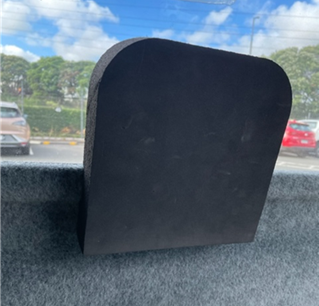 |
| Typical cargo barrier. Usually compliant with the thresholds. Check threshold technical requirements |
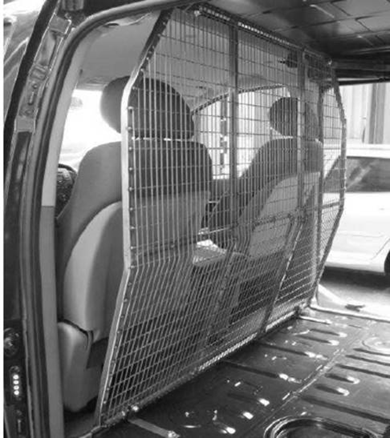 |
Figure 7-7-2. Collapsible mechanisms
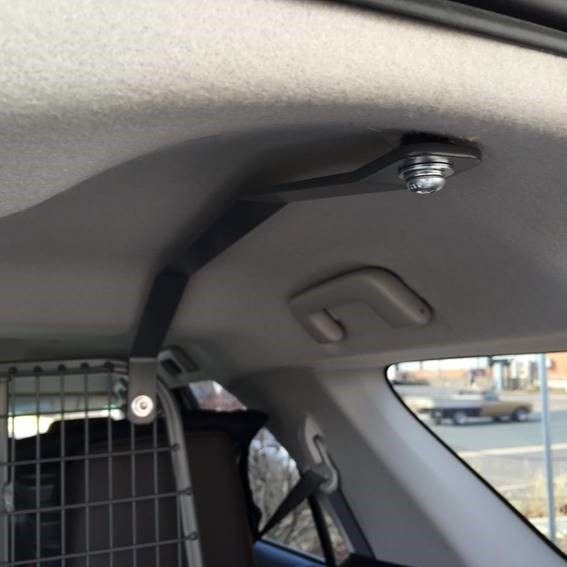 | 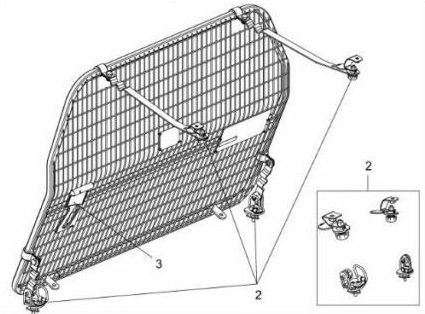 |
 | 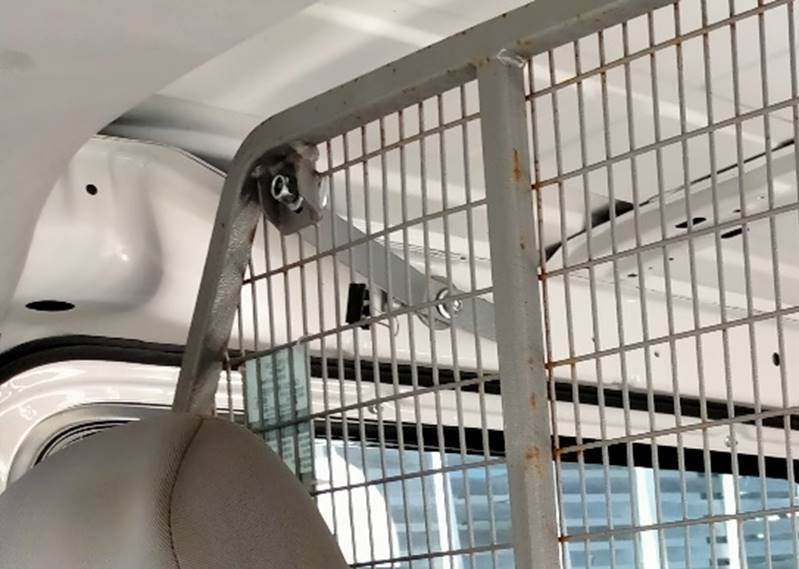 |
Summary of legislation
Applicable legislation
Condition and performance
1. Interior fittings, controls and surfaces in the passenger compartments must be such that the likelihood of injury to occupants is minimised.
Modification
2. A modification that affects the interior fittings, controls or surfaces must be inspected and certified by an LVV specialist certifier, unless the vehicle:
a) is excluded from the requirement for LVV specialist certification (Table 7-7-1), and
b) has been inspected in accordance with the requirements in this manual, including those for equipment, condition and performance.
Page amended 2 December 2021 (see amendment details).